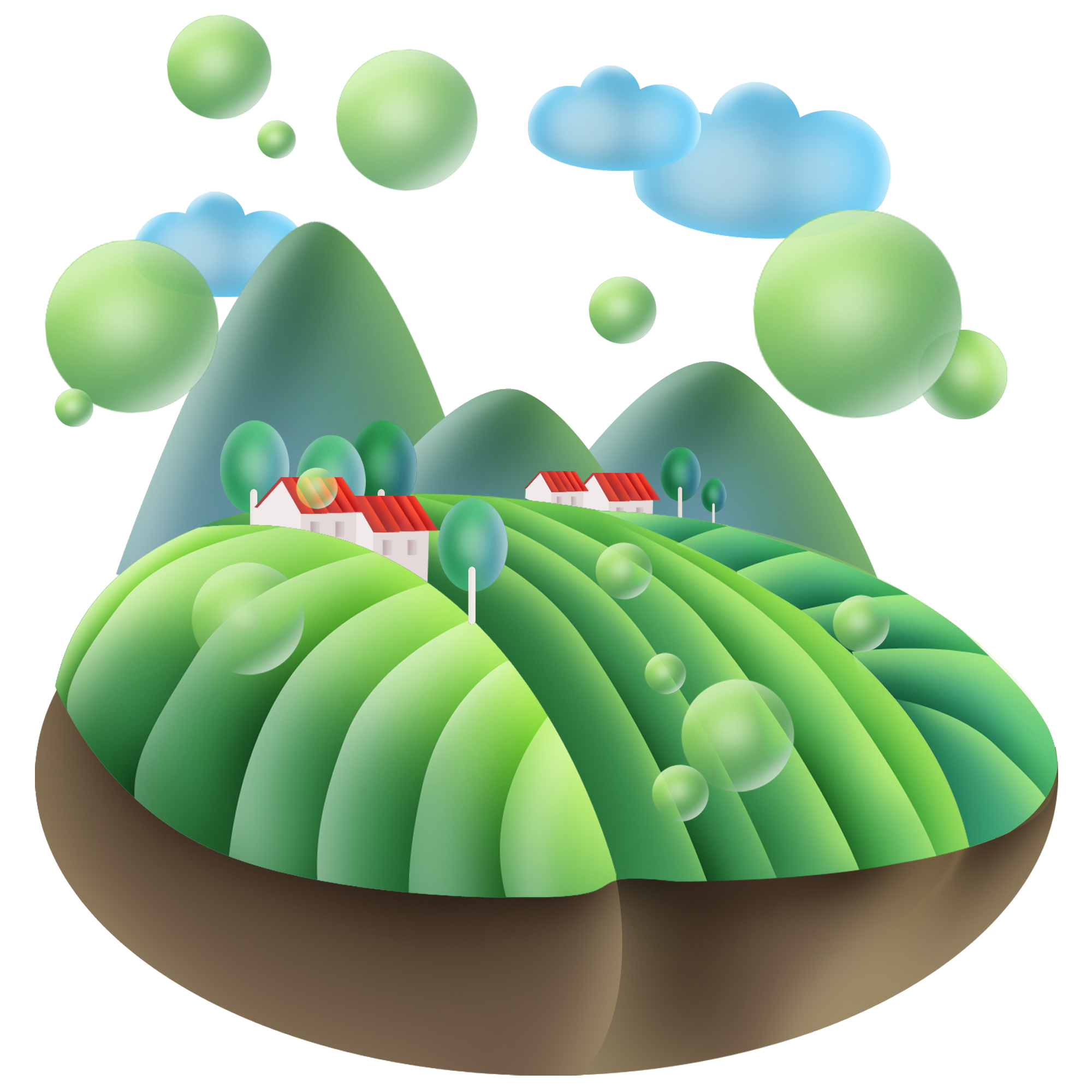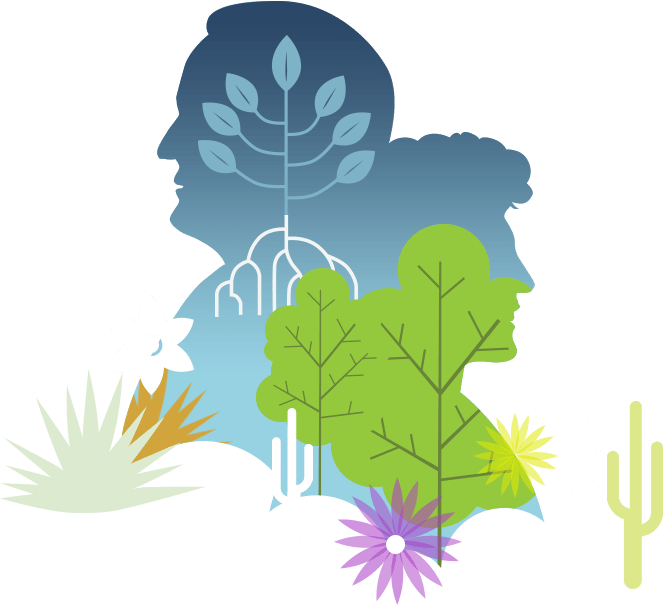
FOOData: food in data
This project aims to show connections between food production, environment and health conditions in European countries from 2009 to 2019, focusing in particular on different countries' production of food, their health, and pollution status.
We hypothesize that areas with more agricultural environmental damage will have worse health outcomes and that different types of pollution and food production affect health differently.
To do so we collected data from EUROSTAT, the European Environmental Agency and FAO.
Citizens
Countries
Years
Datasets
Data Visualization
Visualize FOOData
Here you can observe the different mappings of the phenomenon we considered
Life Expectancy by sex and NUTS regions
Mashup Visualization
Analysis
Foodata's data analysis
We started by wondering whether areas with more agricultural pollution will have worse health outcomes and how different types of pollution and food production are correlated with life expectancy. The outcomes of our search made it clear that there are correlations between these three dimensions, in a time span of ten years and considering the European Countries as spatial area. In particular, we noticed some interesting correlations in our mashup visualizations.

Food Production and Life Expectancy by Country
Considering the production of meat (cattle, chicken and pig), the three major productors in Europe are Germany first, followed by Spain and France. If we take into consideration the life expectancy in these three countries, we will notice the subsequent trends (in a time span of 10 years):
- Life expectancy for males in Germany is the lowest of the three countries at 78 while France is next with 79.
- Germany also has the lowest life expectancy for females, 83 years old, while Spain and France are at 85.
Farm Industrialization Level and Life Expectancy
In NUTS 2 regions, farms of all input levels (high, medium, and low) occur together: regions with many farms tend to contain a mix of all three times.
The data is overall inconclusive and does not support our original hypothesis.
Germany, an area with relatively low levels of farms of all inputs, has a lower life expectancy than Southern Europe, especially Spain and Italy (the number one and two countries for life expectancy, respectively). Spain and France have the largest numbers of high-input farms but also long life expectancies.
Air Pollution and Life Expectancy by Country
The data on air pollution and life expectancy overall did not support our original hypothesis that more pollution lead to lower life expectancies.
- France has the highest levels of air pollution but also high life expectancy.
- Spain and Italy have moderately high levels of air pollution but also are the top two countries for longest life expectancy.
- The data for Poland and Romania support the original hypothesis; they have higher levels of pollution and shorter life expectancies.
Air pollution overall has decreased from 2009-2019 while life expectancy has increased over the same period, however this may be only correlation since many countries with the highest levels of pollution also have longest life expectancies.

Greenhouse gas emissions and food production by Country
For this visualization we opted for a graph that takes into account greenhouse pollutants (carbon dioxide, hydrofluorocarbones, methane, nitrogen trifluoride, nitrous oxide, perfluorocarbones, sulphur hexafluoride), agriculture products (rice paddy, potatoes and wheat) and livestock products (meat: cattle, pig, chicken; eggs; cheese; milk) in 10 years, considering the media of the emissions and food production of the mentioned categories in this period. It turned out that:
- the major producers in the agriculture sector are: 1. France, 2. Germany, 3. Poland, 4. Romania, 5. Italy
- the major producers in the livestock products sector: 1. Germany, 2. France, 3. Poland 4. Netherlands, 5. Italy, 6. Denmark, 7. Ireland
Also Portugal is one of the most polluted countries in these 10 years, but the production values are not relevant.
If we consider the most productive States, Germany, France and Italy recorded quite high greenhouse pollution values. A bright spot is Cyprus with a negative value on emissions (-66 tonnes), but also one of the less productive countries in Europe.
Agricultural area and food production
This visualization represents the different amount of food prodution and land use per year for each european country.
Having to deal with measures relative to different time periods, we noticed that not every conutry showed both values for every year,
but nonetheless many conforntations can still be appreciated.
We noticed some important things:
- France, Germany, Poland, Netherlands, Italy and Spain are the biggest food productors in Europe
- France, Spain and Germany have also the most farm-devoted amount of land
- France and Germany produced the most meat and dairy products
- France also produces the most non-meat and non-dairy products
It can be noted that even if Spain is in second place for average land devoted to agriculture, it is the fifth for production, with a focus on meat and dairy products and that while Italy and Netherland show a great difference in average land dedicated to farming, they seem to have similar food productions.
We can then assume that the differences in land devoted to farming will influence not so much the amount of food produced but instead the kind of production: this semms logical considering the largest amount of land required to produce smaller amounts of meat and dairy products with respects to cereals and potatoes.
Food production and water pollution
In the case of this visualization we opted for plotting water pollution (a value that we only have for year 2015) along with production
values, giving the chance to observe variations in these latter values in relation with the previous, stable one.
Here what is possible to notice is that:
- France and Germany show the biggest amounts of both food production and water pollution
- Spain and Belgium follow in terms of food production but present a percentage of water pollution visibly inferior
- The following four countries in terms of water pollution are Poland, Sweden, Greece and Italy
- Of this four Greece and Sweden are less productive in terms of food than Italy and Greece but present a higher level of water pollution
Also it can be noted that, even if they present lower production levels, countries such as Belgium, Greece, Sweden and Spain seem to have more polluted surface waters,
On the other hand France and Germany, which are the main producers of products both meat/dairy and not seem to show the highest values of pollution.
From this visualization we could infer that, while it cannot be stated a straight correlation betweeen the kind of food produced by a country and the pollution of its water, it could be said that this is probably one of the influencing factors, along with others such as for instance urbanization dynamics and waste management.
Documentation
Foodata's Documentation
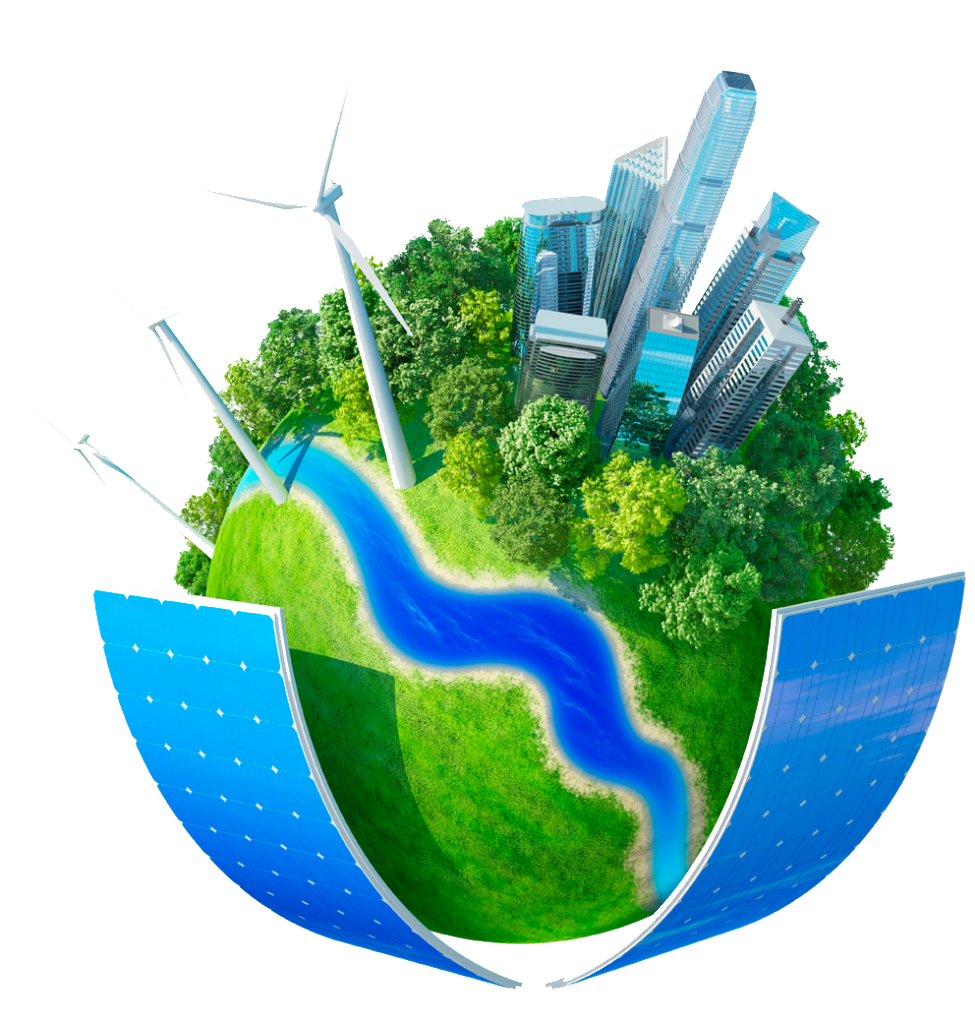
FOOData was created for the Open Access and Digital Ethics exam by Vanessa Bonanno, Giorgia Sampò, and Sarah Tew.FOOData explores food production, pollution, and health markers within Europe both individually and together to get a clearer picture of their interlation. FOOData uses geospatial visualizations to reconnect users with the geographic reality of food production and pollution.
FOODATA relies on 8 different datasets:
- Crops and Livestock Products
- Greenhouse gas emissions (Eurostat for EEA)
- Pollution (Eurostat for EEA)
- Soil Erosion (Eurostat for JRC)
- Water Pollution (EEA)
- Agricultural Area By Farm Type (Eurostat for FADN)
- Share of irrigable and irrigated areas in utilised agricultural area (Eurostat)
- Life expectancy by age, sex and NUTS 2 region
Crops and livestock production in European countries
The production section is based on data found at FAOSTAT, the Food and Agriculture Organization Corporate Statistical Database maintained by the statistics division of the Food and Agriculture Organization of the United Nations.
FAOSTAT presents a huge dataset on food and agriculture with data from over 245 countries and territories with a time span which goes from 1961 to 2020. Data are divided into 13 diverse domains, such as trade, prices, population and employment, but also forestry, land, climate change and food production. In turn, food production is divided in three main categories: Crops and livestock products, Production indices, Value of agricultural production.
Original dataset
Crop statistics are recorded for 173 products, covering a huge variety of categories: Crops Primary, Fibre Crops Primary, Cereals, Coarse Grain, Fruit, and more. Data are expressed in terms of area harvested, production quantity and yield. The objective is to cover the production of all primary crops for all countries and regions in the world.
About Livestock products, the user can select data between three main domains: Live animals, Livestock primary and Livestock processed. Due to the great amount of categories and the fact that certain types of production are not common in Europe, or even non-existent (e.g., camel meat), we opted for the most common and most produced foods in Europe.
The time span which FAOSTAT proposes goes from 1961 to 2020. In this case we narrowed it to a period of 10 years and did not include 2020, as explained below.
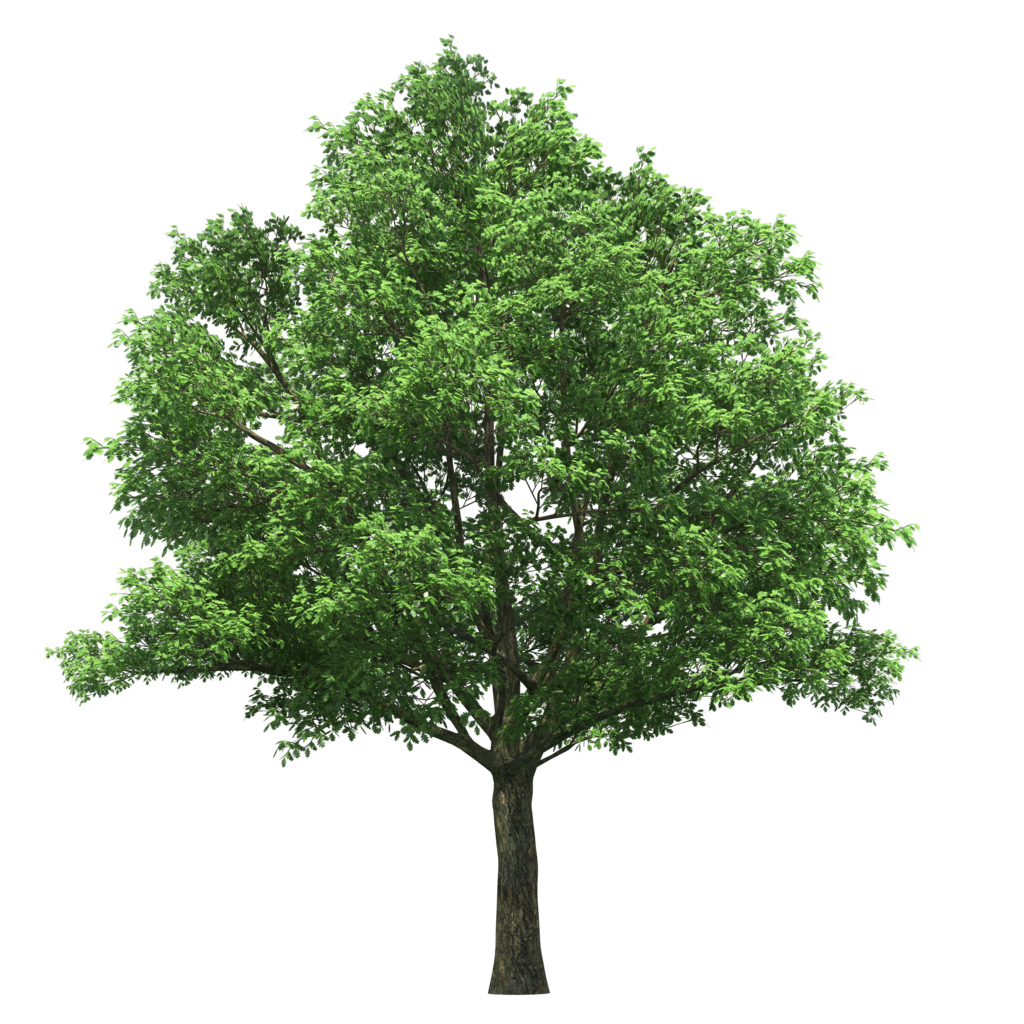
Foodata production dataset
The final information in Foodata production csv file includes:
- Geographical area
- NUTS 0
- FAO item codes
- Production items
- Year
- Unit (tonnes)
- Value
- Flag
- Flag description
Between the vast variety of foods, the chosen items are: cow milk; whole cow milk cheese; eggs, hen, in shell; cattle, chicken and pig meat; potatoes; rice; wheat. As anticipated, the period of time in which we investigate food production, pollution and life expectancy across Europe goes from 2009 until 2019: nonetheless, the availability of data along this period is not always possible, as one can notice in the visualisation section.
Legal analysis
FAOSTAT datasets are are licensed under CC BY-NC-SA 3.0 IGO, which states the user is free to share — copy and redistribute the material in any medium or format — and adapt — remix, transform, and build upon the material.
Ethical analysis
Due to the nature of Crops and Livestock products dataset, data about people are not included, so it is not possible to examine the graphs from an ethical point of view.
Gender
As stated above, there are no gender-related data.
Back to top
Pollution and environmental damage in European countries
This datasets is devoted to pollution issues and environmental damages in European countries and was obtained from the mesh-up of 5 datasets coming from Eurostat and one form the European environmental Agency.

The dataset published by Eurostat were also collected from other sources such as JRC, FADN and EEA itself.
Another important aspect of these datasets was the fact that they did not adopt all the same NUTS classification for geographical locations nor they had the same chronological organization.
The dataset taken under consideration were:
- Greenhouse gas emissions (Eurostat for EEA) - 2010/2019
- Air Pollution (Eurostat for EEA) - 2010/2019
- Soil Erosion (Eurostat for JRC) - 2000/2016
- Water Pollution (EEA) - 2015
- Agricultural Area By Farm Type (Eurostat for FADN) - 2010/2019
- Share of irrigable and irrigated areas in utilised agricultural area (Eurostat) - 2005/2016
At the end we got a dataset where all the info about environment and pollution for european countries were stored, even if with different levels of granularity, to be later employed in our visualization.
Original Datasets
Eurostat presented a variety of datasets, from which the ones that we found were most related to environmental issues were selected. The datasets cover both air, water and soil environmental damage, and fields were selected that regarded only Agriculture, Farming and forestry values.
Statistics are collected for all geographically european countries, concerning not only member states but also Norway, England and Turkey. Also the NUTS categorization adopted from the datsets concerned encompassed Nuts 0, Nuts 2 and Nuts 3.
Foodata production datasets
The final information in Foodata pollution and environment CSV includes:
- Year
- Geographical area
- NUTS Codes
- Irrigable/irrigated crops
- River basin district NUTS code
- River basin district name
- River basin district surface water pollution percentage
- High/Medium/low input farms hectares
- Soil erosion levels and sectors
- Soil erosion tonnes per hectare
- Greenhouse gas pollutant and sectors
- Greenhouse gas pollutant tonnes
- Air pollutant
- Air tonnes
We filtered the original datasets, using the download interface offered from Eurostat, to select only values regardin farming, agriculture and forestry.
Data availability
The datasets under consideration were published by Eurostat but collected from other autorities such as EEA (European Environmental Agency), JRC (Joint Researche Center) and FADN (Farm Accountancy Data Network). Data was overall of a high quality, but of very different granularyty, due to the different NUTS categorizations and time periods applied. Data was also overall consistently available for regions outside the EU but included in the dataset, including Iceland, Liechtenstein, Norway, Switzerland, the UK, Montenegro, North Macedonia, Albania, Serbia, and Turkey. The only issue encountered was the categorization of some regions relative to past NUTS regions (with relative indication), that was solved confronting the geographical difference and, when possible, incorporating the regions under the current representing label by hand.
Although most of the datasets resulted as last updated in 2021 or 2020, it is unspecified why data after 2019 is unavailable. Because COVID-19 had a significant and anonymous impact on health, pollution, and food production in Europe data from after 2019 has been excluded from FOOData.
The edited pollution dataset used in FOOData will not be updated in the future.
Data quality
The measures collected from Eurostat datasets are all indicators frequently used to represent various kinds of environmental damages: we tried to convey information regarding soil, water and air, since agricultural and farming activities affect differently these fields.
Eurostat's datasets in particular are of very high quality since EU member states share collection, measurement, and reporting standards. They are also exhaustive and seek to represent member states and their regions equally, although, as mentioned previously, there are some granularitty differencies, and some gaps especially before 2017.
Legal analysis
The original and edited datasets are licensed under CC-BY 4.0 except for the EEA's one which is under the "EEA standard re-use policy" , and are all open for distribution and reuse. Furthermore Eurostat itself re-publishes material coming from EEA, licensing it on a CC-BY 4.0, so there must be compliance between the two licenses. The data was originally collected with the express intent to publish and share. There is no legal impediment to reproducing or remixing this data.

Ethical analysis
Datasets regarding environmental damage and pollution are free of sensitive data since, even when using NUTS 3 granularity, they tend to represent very large geographical areas and personal informationn is not included by default. As averages the data gives information about the region as a whole and do not pose individual privacy risk.
However, for what regards air pollution, greenhouse gas emissions and surface water pollution there are chances of people acting on that information to look for better living standards outside countries boundaries, but that does not look like an ethical issue as much as a normal inferencial process granted to common citizens and perfectly sustainable.
Gender
This dataset is largely free of gender bias and gender-related data.
Back to top
LIFE EXPECTANCY ACROSS EUROPE
FOOData uses life-expectancy to indicate overall population health. This data comes from Eurostat: Life expectancy by age, sex and NUTS 2 region. The original dataset contained life expectancies by age, sex, NUTS 2, NUTS 1, and NUTS 0 regions from 1990 to 2019. The FOOData edited dataset limits the Eurostat data to life expectancy at birth from 2010-2019 in current EU member countries.
Data availability
The dataset was overall of high quality however there were gaps for some regions, including in all of Germany and the Netherlands above the NUTS 0 level until 2002, Denmark until 2007, Ireland until 2013, some but not all regions of Poland until 2013. Data was also overall less consistently available for regions outside the EU but included in the dataset, including Iceland, Liechtenstein, Norway, Switzerland, the UK, Montenegro, North Macedonia, Albania, Serbia, and Turkey. To mitigate this issue the final dataset was limited to current, full EU member states from 2010-2019. For more specific information on Eurostat's use of the NUTS regions with demographic data please see Eurostat's metadata.
The original dataset also included life expectancies by age measured annually from age 0 to 84 and then in one group of 85+. The final dataset used in FOOData only looks at life expectancy in the first group. This is for clarity since FOOData is concerned with general health markers and the environment; shifts in life-expectancies over the human lifetime are less useful when understanding the impact of the physical environment on health without significant other demographic and environmental data.
The data was equally available for men and women and included the average via "total".
Although last updated in 2021, it is unspecified why data after 2019 is unavailable. Because COVID-19 had a significant and anomalous impact on health, pollution, and food production in Europe data from after 2019 has been excluded from FOOData.
The edited life expectancy dataset used in FOOData will not be updated in the future.
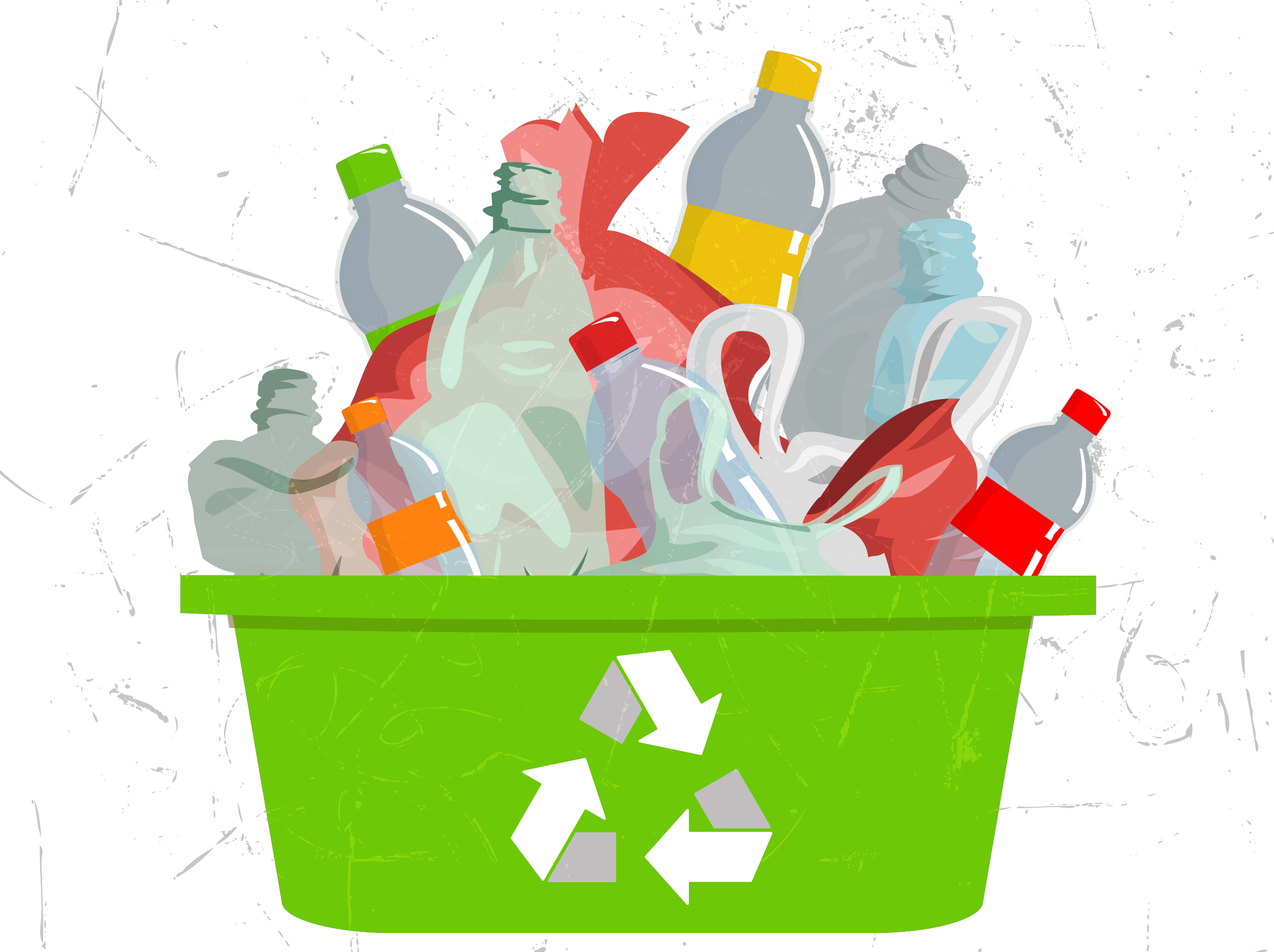
Data Quality
Life expectancy is frequently used as an overall population health indicator. Informed by many environmental, socio-economic, educational and other factors, life expectancy is relatively easy to calculate and collect accurately.
Eurostat's dataset in particular is of very high quality since EU member states share collection, measurement, and reporting standards. It is also exhaustive and seeks to represent member states and their regions equally, although, as mentioned previously, there are some gaps, especially before 2010.
Legal analysis
The original and edited datasets are licensed under CC-BY 4.0 and open for distribution and reuse. The data was originally collected with the express intent to publish and share. There is no legal impediment to reproducing or remixing this data.
Ethical analysis
Life expectancy is an oft-used measure of health partly because it is much less sensitive and private than other health data. As an average it gives information about the population as a whole rather than individual members and does not pose individual privacy risks.
Gender
This dataset is largely free of gender bias, however recently binary gender classification into male and female has come under re-evaluation. That being said, the EU member states are bound by the same statistics reporting standards so the dataset is at least consistent in its use of two and only two genders.
Back to top
License
Foodata's License
The website, datasets, and Github repository are licensed under Creative Commons Attribution-NonCommercial-ShareAlike 3.0 IGO (CC BY-NC-SA 3.0 IGO).
The original pollution and health datasets are licensed under CC BY-SA 4.0.
The two algorithms developed for this project are licensed under the GNU General Public License version 3.
The mashup pollution and health datasets are licensed under CC BY-NC-SA 3.0 IGO.
The original and mashup food production dataset is licensed under Creative Commons Attribution-NonCommercial-ShareAlike 3.0 IGO (CC BY-NC-SA 3.0 IGO).
The dataset may not be used for re-identifying individuals in any case for any purpose.
FOOData and its creators are not liable for the use and reuse of this site or data by external parties.
The website design is copyrighted by Bootslander and designed by BootstrapMade.
The visualizations are licensed under CC BY-NC-SA 3.0 IGO. They were made with Tableau under student licensing for non-commercial purposes. Tableau's Terms of Service apply to FOOData visualizations. These terms are not in contradiction with CC BY-NC-SA 3.0 IGO licensing. For more information see "Your Use of the Service" in Tableau's Terms of Service.
Disclaimer
FOOData, including its FOOData website, repository, and all associated files and datasets will not be updated after February 7, 2022. While there are no current plans to discontinue the project, the creators reserve the right to discontinue access to the FOOData website, repository, and all associated files at any time.
Team
The FOOData Team

Sarah Tew
MA student, Digital Humanities and Digital Knowledge BA in Classics and Art History, New College of Florida
Vanessa Bonanno
MA student, Digital Humanities and Digital Knowledge Bachelor Degree in Multimedia Science and Technology
Giorgia Sampó
MA student, Digital Humanities and Digital Knowledge Bachelor Degree in Communication ScienceContact
Contact Us
Location:
Alma Mater Studiorum, Via Zamboni 34
Email:
giorgia.sampo@studio.unibo.it
Call:
+39 3270830124
